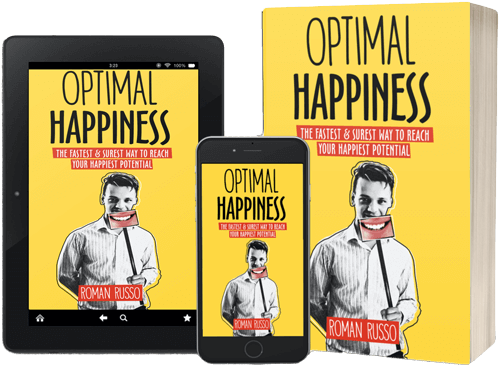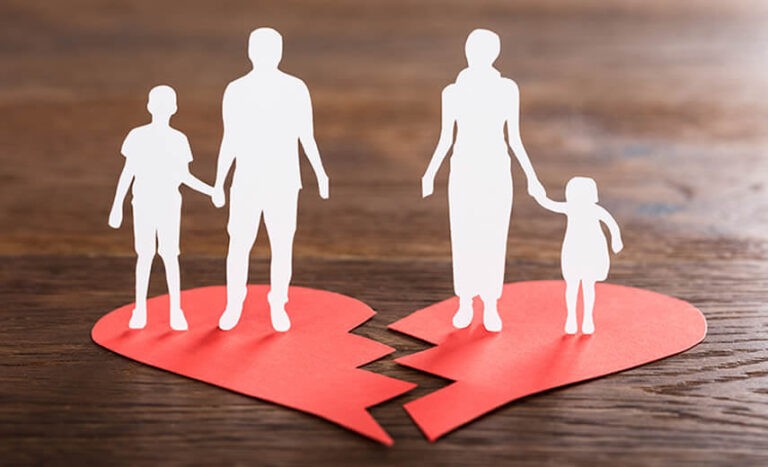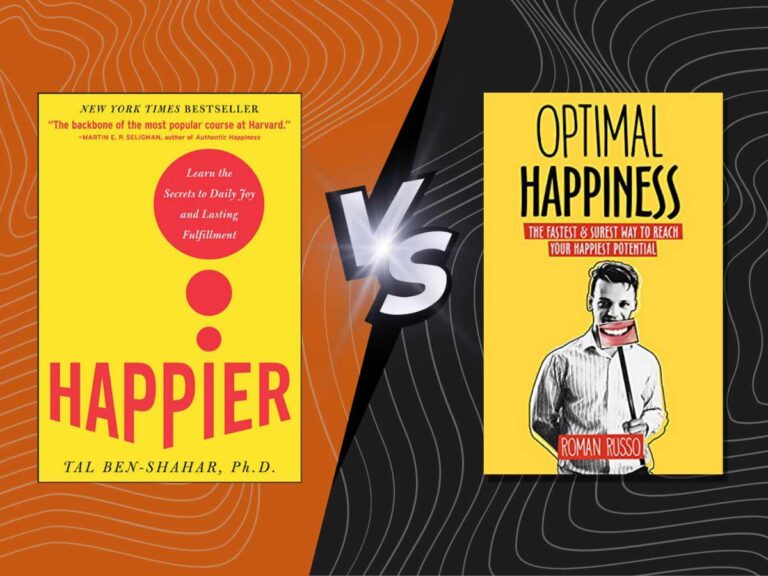
Today, I was introduced to a potential client who is suffering from anorexia to see if I could help them using my happiness coaching.
My answer was “yes, I can help this individual.”
Indeed, besides the physiological factors that can contribute to anorexia, the real problem often lies hidden in a person’s psychology. For example, they may have a negative mindset towards food or body image, and changing their thinking can change their lives, so to speak.
This issue not only applies to anorexia but also to a host of other negative and unhealthy behaviors, such as obesity, addictions, and excessive procrastination that people often engage in. In fact, it is rare to find an individual who doesn’t engage in something that negatively affects their lives due to leading a less than 100% happy life.
Indeed, very few people are truly happy. They engage in all sorts of actions to cure their negative emotions, actions they wouldn’t otherwise take if they were 100% happy. Thus, it can be said that truly happy people often behave in a completely different way compared to those who are less happy. This implies that if we can make more people happy, we can improve their lives. And on a larger scale, by making masses happier, we can address many of the problems that afflict humanity.
Here, I wouldn’t necessarily go Freudian on the anorexic person, such as asking about their childhood and relationship with their father and mother, but rather look at their overall life, seeing how what they are doing and not doing (this involves thinking) affects their well-being.
This process is usually conducted through 7x 1-hour calls that address various aspects of life, leading to a better relationship with food, body, mind, happiness, and overall improved well-being.
The bottom line is that “all happy families are alike, but all unhappy families are unhappy in their own unique ways,” as wisely said by Lev Tolstoy. This means that the happiness formula is one and is universally applicable to everyone, as everyone is 99.9% similar on our biological and psychological levels.
And while there are individual differences between people, everyone reacts the same way to a properly organized life. It is when there is some negativity that everyone tries to fix it in their unique way, leading to all sorts of suffering we experience today.
So if you need more help in your life, or know someone who does, let us at Optimal Happiness know, because “yes,” we can help you and others fix their lives by cultivating a high self-esteem.















5 thoughts on “Overcoming Anorexia with High Self-Esteem”
When you all realize all of this is reactions to wmd contamination and government social engineering you will have analyzed everything else to death including your fellow human sufferers.
I agree that we have to be informed, but I also believe that we have to work with what we have accepting it in any shape that it comes, in the sense that if we are constantly focusing on what’s wrong, we will never truly live. With that being said, we must always strive for the improvement of society as a whole.
I believe Americans have been so cruelly undereducated the propaganda I have witnessed the psychological terrorism here. The pack mentality the importance placed upon money and status. Willful ignorance and 15,000 deadly neurotoxins have hindered the majority of Americans completely useless and they should not be allowed to make any important decisions. Let alone drive a vehicle. Your drs straight up kill with wmds chemo is mustard gas pesticides and fertilizer are wmds when will you understand you brought the nazis here and it was a disproportional amount compared to the positions Americans held.
You are absolutely right, and we need to address all of these topics at the same time. Currently, the whole society seems to be 50% in control and 50% out of control (not definitive numbers), making us feel like some aspects of today’s world are correct and right, while others resemble some collective pathology.
1. People Receiving Subsidies from the Federal Government
Federal subsidies come in many forms—like social welfare, healthcare programs, and farm subsidies. Here’s a general overview:
• Social Programs (Social Security, Medicaid, SNAP, etc.):
• Social Security: Around 71 million people receive Social Security benefits (2023 estimates).
• Medicare and Medicaid: About 64 million people are on Medicare, and 91 million are on Medicaid/CHIP.
• SNAP (Food Stamps): Approximately 42 million people are enrolled in the Supplemental Nutrition Assistance Program (SNAP).
• Total (not necessarily distinct individuals as some receive multiple forms of aid): Approximately 200-220 million individuals, or around 60-70% of the population, receive some form of financial assistance or benefit from the government. This number includes overlap, so it’s not additive.
2. People Working Directly for the Federal Government
• The federal government employs about 2.8 million civilian workers, including those in various departments and agencies (2022 estimate).
• Military Personnel: Including active duty and reserve personnel, there are around 1.4 million active military members and approximately 800,000 reservists.
• Total: This brings the total number of people directly employed by the federal government to roughly 5 million.
3. People Working for State and Local Governments (Funded Partially by Federal Money)
• State and Local Government Employees: There are about 19.7 million state and local government employees in the U.S. (as of 2022). Many of these jobs are partially funded by federal programs or grants, such as in education, public health, transportation, and public safety.
4. People Working for Contractors or Organizations Receiving Federal Funds
• Federal Contractors: Millions of people work for private contractors who receive substantial income from federal contracts. These companies include defense contractors, IT service providers, healthcare providers, and many others.
• The estimated number of employees working under federal contracts is roughly 4-5 million, although this varies and is difficult to estimate exactly, given the breadth of contracts spanning many industries.
• Nonprofits and Other Organizations: Many nonprofits, educational institutions, and private organizations receive federal grants or subsidies to fund parts of their activities. This could add several million more individuals indirectly funded by federal dollars.
Summary Breakdown:
1. Receiving Federal Subsidies: 200-220 million (including social programs, healthcare, etc.; with overlap).
2. Working for Federal Government Directly: 5 million.
3. Working for State/Local Governments (Some Federally Funded): 19.7 million.
4. Working for Federal Contractors/Receiving Federal Funds: 4-5 million.
Total Connected to Federal Dollars:
• When considering subsidies, federal employees, state/local employees, and contractors, a large majority of the population is connected to federal funding in some capacity—whether directly or indirectly.
• The overlap in these categories is significant, meaning people may receive subsidies while working in federal/state jobs. However, it’s fair to estimate that well over half of the U.S. population receives some form of federal support or income through employment or direct benefits.
The numbers paint a picture of how deeply embedded the federal government is in the economy and daily life of Americans. It touches everything from individual benefits, healthcare, education funding, infrastructure jobs, and defense, impacting millions of lives through a vast network of subsidies, employment, and contracts.
This is why no one will break order.